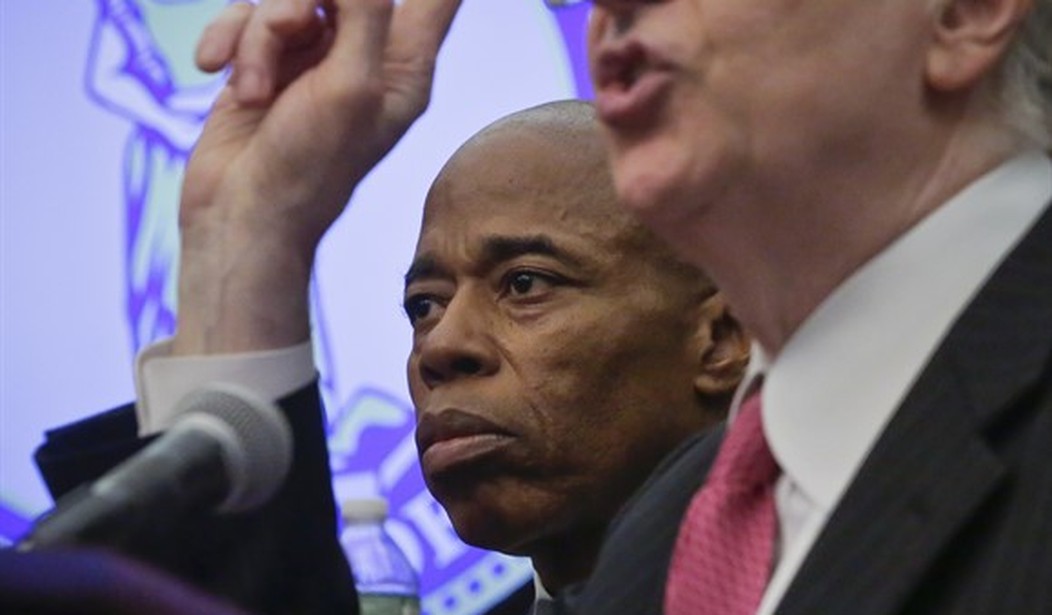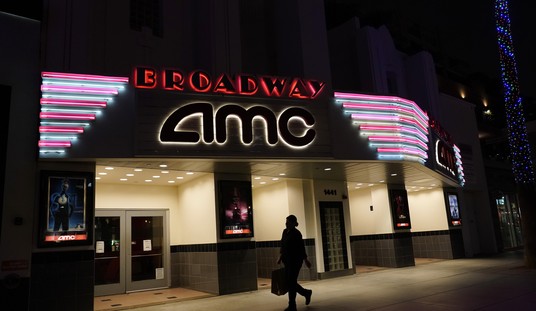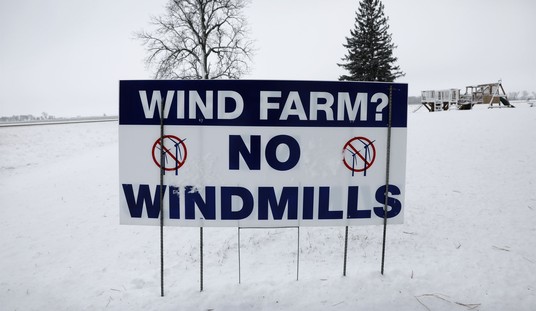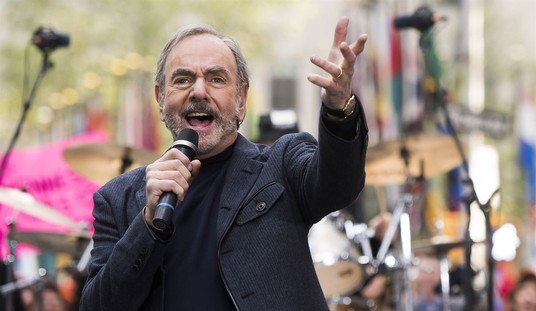Could this be Eric Adams’ PATCO moment, at least in spirit? The new mayor promised a sea change in New York City governance, and picking a fight with a major Democratic-backing labor union shows Adams may actually deliver. But will the teachers unions try a PATCO moment of their own?
Eric Adams has started his tenure as New York City mayor by rejecting a request from the city’s largest teachers’ union to temporarily move public schools to remote learning, capping off a frenetic first 72 hours of his administration.
Adams’ focus on keeping children in-person for school — even in the face of opposition from the teachers’ union — is one of the clearest examples of how the former Brooklyn Borough president will offer the nation’s largest city a different brand of leadership for the next four years.
The request from the United Federation of Teachers came as coronavirus cases across the country — including in New York City — have spiked dramatically with the spread of the Omicron variant in recent weeks.
Cases have spiked dramatically, and unlike in some other jurisdictions, hospitalizations have shot upward in New York as well. However, the average number of hospitalizations has actually declined nationwide since a smallish peak in the late summer as part of the Delta wave. The CDC is still counting “COVID-19-associated hospitalizations,” but their data shows why Adams is likely standing firm:

Cumulatively, children below 18 years old account for 2% of all COVID-associated hospitalizations since the beginning of the pandemic. Most of those have been admitted for other reasons and have tested positive as part of the hospital’s diagnostic protocol. As this chart shows, children barely show up even in the most recent weekly data; in the week ending on Christmas Day, the average of COVID-associated hospitalizations for minors was 82 nationwide. There is no larger risk associated for children, nor even so much for adults under 50 (581 nationwide in the same week).
The real risk is for adults over 50, and even those numbers aren’t spiking upward in the Omicron wave. Those numbers are actually falling off the last two weeks in the CDC data, although the Christmas week data could be incomplete due to the holiday. The week prior to that, the average daily hospitalizations came to just under 1800, down from ~2500 at the end of August. The best way for those above 50 to avoid hospitalization is to get vaccinated, and teachers and school staff have had plenty of opportunities to make that choice. If they have chosen not to get vaccinated, the burden of that assumption of risk shouldn’t fall on children or parents.
The teacher’s union wants another couple of weeks to ride out Omicron, but Adams says enough is enough:
“We’re staying open,” the mayor said.
“We’re not sending an unclear message of what is going to happen day to day,” Adams continued. “I’m going to tell you what’s going to happen day to day, we’re staying open.”
Mulgrew said in an interview with CNN that the union wanted to avoid a scenario where there is a high rate of student attendance combined with low staff, resulting in a lower-than-normal rate of teachers to students.
“The issue was we wanted to make sure that each school could have the appropriate staffing to be safe,” he said. “The last scenario we want is a school being forced to make a decision about combining classes together.”
There’s a good way to avoid that — teachers and staff can show up to do the job that taxpayers have been paying them to do all along. No other Western country has kept children locked out of in-person learning for anywhere near as long as the US has, and it hasn’t done anything to temper outbreaks. We have known since the beginning that schools aren’t unique vectors for COVID transmission.
If teachers don’t show up, they could go on strike, but that’s risky. They have a contract, and school districts have pandered enough to them as it is. Parents are thoroughly frustrated with closed schools, and a strike could risk a political groundswell for decertification and wholesale firings, leaving teachers out of work while court battles take place — which they’re likely to lose in the end.
Adams senses the political, cultural, and epidemiological moment better than Randi Weingarten and the teachers unions do. He’s also likely to set the tone across the country for finally getting these unions back into line and children back in schools. If the unions try to go to war, well … stay tuned, and recall how it all worked out for PATCO and Ronald Reagan.








Join the conversation as a VIP Member